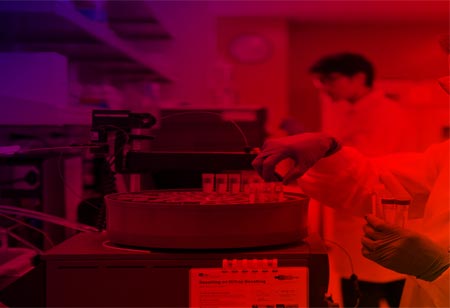Petrochemicals are used in various industries, from transportation and power generation to manufacturing and agriculture, and they are not easily replaced with renewable energy sources.
Modern societies rely heavily on petrochemical products. These include plastics, fertilizers, packaging, clothing, digital devices, medical equipment, detergents, tires, etc. Additionally, they are found in solar panels, wind turbine blades, batteries, thermal insulation for buildings, and electric vehicle parts. Many of these products are used in everyday objects and are essential for transitioning to a clean energy future. For example, plastics are used for building insulation, batteries for electric vehicles, and solar panels and wind turbine blades for renewable energy sources. As demand for these products grows, so does the need for a clean energy transition for the petrochemical industry.
The role of petrochemicals in the economy has come under increasing scrutiny as the world shifts toward a more sustainable and greener future. The petrochemical industry produces a wide range of petroleum and natural gas products, including plastic, rubber, and other chemicals. They are, however, associated with significant environmental and social impacts, including air pollution, greenhouse gas emissions, and plastic waste. This article explores the future of petrochemicals in a green world.
Petrochemical demand will continue to grow in the coming decades, driven by population growth, urbanization, and higher living standards in developing countries. The International Energy Agency (IEA) predicts a 40 percent increase in petrochemical demand by 2030 and a nearly double increase by 2050. Petrochemical production and use are significant sources of greenhouse gas emissions and environmental pollution, which makes this growth a significant challenge for the transition to a green future.
In a green future, numerous potential solutions can help reduce the impact of petrochemicals on the environment. Petrochemical production can be more efficient, reducing energy requirements and greenhouse gas emissions. Advanced technologies, such as process optimization, waste heat recovery, and carbon capture and storage, can help achieve this.
Developing new, more sustainable feedstocks for petrochemical production is another solution. For instance, plant-based sugars and waste biomass can produce renewable chemicals and plastics. Petroleum chemical production can reduce environmental impact by reducing greenhouse gas emissions and fossil fuel dependence.
Besides improving the production process and feedstocks, petrochemicals can be made more environmentally friendly by improving end-of-life management. It also involves increasing the recycling and reuse of plastic products and developing new biodegradable and compostable plastics.
Circular economies for plastics are one way to improve petrochemical sustainability. Recycling and repurposing materials rather than disposing of them is the goal of this approach. Designing products with easy disassembly and recycling in mind is another aspect of it.
Circular economies for plastics can reduce the environmental impact of petrochemicals by reducing waste and greenhouse gas emissions and promoting the development of new, sustainable feedstocks. Additionally, this approach creates jobs, reduces fossil fuel dependence, and increases global competitiveness.
Emerging technologies could also transform the petrochemical industry into a greener future. In a wide range of applications, advanced materials such as carbon fiber and graphene have the potential to replace traditional petrochemical-based materials. Using these materials can reduce the environmental impact of products by improving their energy efficiency and durability, which can reduce the carbon footprint. These materials are lighter, stronger, and more durable than traditional materials.
The evolution of digital technologies, such as artificial intelligence and the internet of things, can also optimize production and reduce waste. These technologies can all be achieved by monitoring and controlling processes in real-time, identifying opportunities for improvement, and predicting and preventing equipment failures.
The future of petrochemicals in a green future is complex and multifaceted. Petrochemicals are expected to grow in demand, but many potential solutions can reduce their environmental impact.

